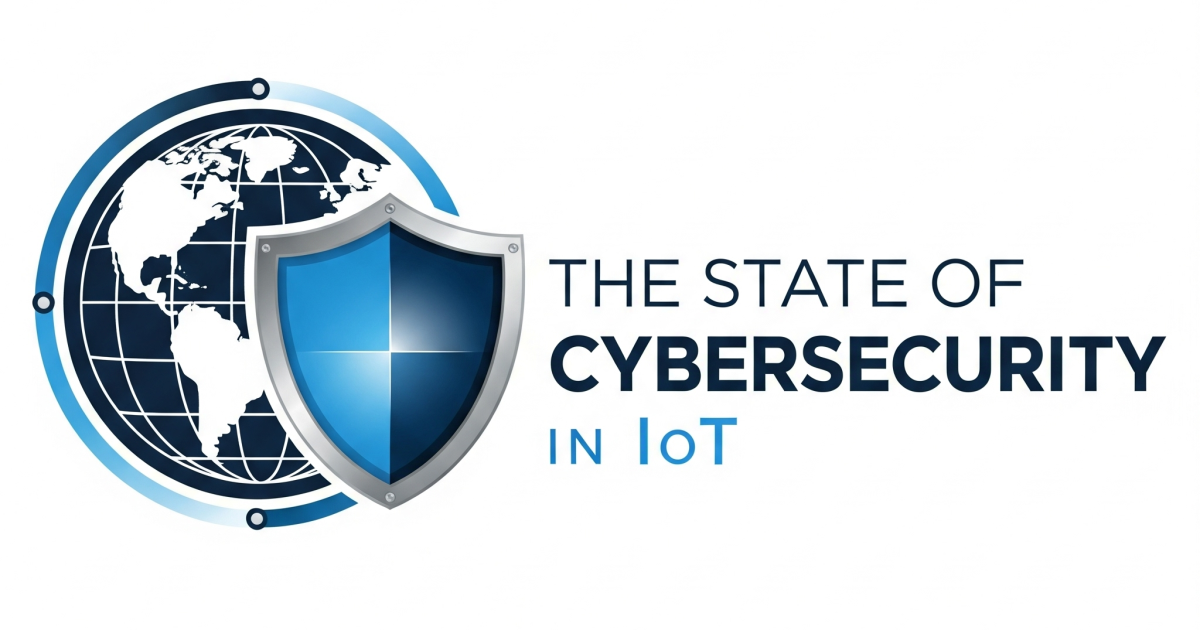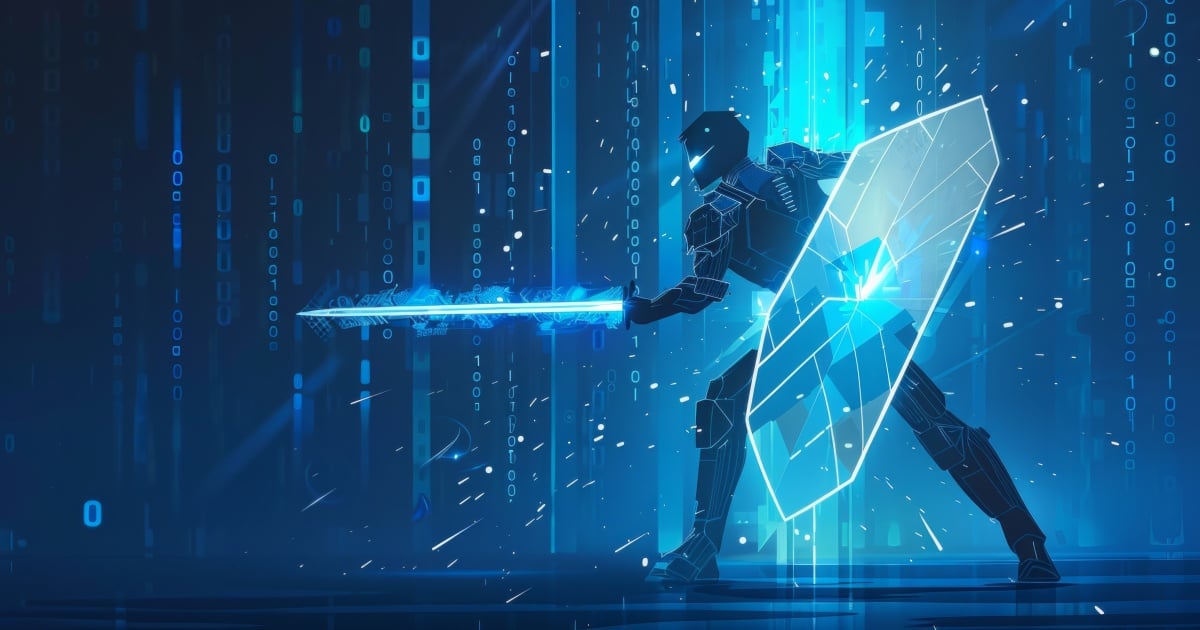
The holidays are always a busy time of the year. For the retail industry the holidays are especially busy, as every week it seems that there is a new sale advertised and prices rapidly change. The rush is exciting for consumers but exhausting for store employees who have to constantly change price tags and signage. Luckily, paper tags are becoming a thing of the past and programmable electronic shelf labels (ESLs) and other digital signage are becoming more popular. One big benefit of electric signage is that updates can automatically be applied across all products, but the downside is that many of these devices are battery-operated, creating a big headache when it comes time to swap out the batteries for every ESL in a store. Imagine changing batteries every few months for thousands of ESLs in a store!! Additionally, the materials and labor costs of changing batteries can add up fast! And that’s not even considering the significant environmental impact of battery waste. The next step for the retail industry is to adopt ESLs that are battery-free or have extended battery life to reduce costs and waste at the same time.
Over the next few years the use of electronic price tags and other digital signage will increase thanks to new advancements in energy harvesting technology, low power Bluetooth solutions and on-demand wake up technology. The combination of these three techniques will open up the door for cheaper and more efficient ESL implementations, changing a key part of the retail industry.
Controlled energy harvesting can significantly extend a device’s battery life, even enabling forever battery life so batteries do not have to be replaced. Even more impressive, for certain applications energy harvesting can provide enough power for devices to run without any batteries at all. Using multiple energy sources, including radio frequency (RF), photovoltaic, thermal, and motion, changing batteries will one day become a thing of the past and forever battery life will become the new standard. Controlled energy harvesting solves some of the challenges of ambient energy harvesting, which is inherently unpredictable, by using multiple energy sources to guarantee robust functionality while minimizing a system’s dependence on battery power. This technology will allow retailers to set up ESLs effortlessly, without worrying about maintenance time and costs down the road.
Low power radio implementation for the latest Bluetooth 5.0 standard is another key technology for enabling battery-free ESLs. The Bluetooth 5.0 platform has four times the range, two times the speed and eight times the bandwidth than that of its predecessors. With extremely low power implementations, devices can more efficiently connect to each other using Bluetooth 5.0. The third factor for extended battery life is on-demand wake-up which implements two levels of listening, essentially providing the radio with two sets of ears: one set provides the lowest level of “radio consciousness,” listening in a very slight “conscious” state to perceive incoming transmissions; the other set is a deep sleeper, waking less often and only when alerted to incoming signal transmissions by its light sleeping counterpart. The combination of low power Bluetooth and on-demand wake-up technologies can enable devices to consume up to 100 times less energy than traditional solutions, enabling batteries to last the entire lifetime of a device or enabling devices to operate without any batteries.
While the IoT has enabled a variety of new possibilities and innovations, battery waste from these connected devices is a growing problem. Hazardous chemicals can seep out of batteries and into the environment. Devices that have forever battery-life or are battery-free can minimize environmental damage and alleviate the cost and manpower it takes to replace the power-cell of these connected devices. In every retail store there could be anywhere from hundreds to thousands of ESLs, so controlled energy harvesting technology, low power Bluetooth solutions and on-demand wake up technology will make a significant impact on the environment and companies’ bottom lines. Customers will also benefit, since retail personnel will be able to spend more time helping them instead of changing signage. The next era of retail, powered by these cutting-edge technologies, is just around the corner.
About the author: Srinivas Pattamatta is the vice president of business development at Atmosic Technologies. Srinivas brings a unique combination of business, product, and engineering to Atmosic with over 20 years of experience in wireless and other communication technologies. He has held a variety of business development and marketing roles in Mobile, Computing, Consumer Electronics, IoT, and Networking segments with Synaptics, Qualcomm, Atheros and NXP.
Edited by
Ken Briodagh





